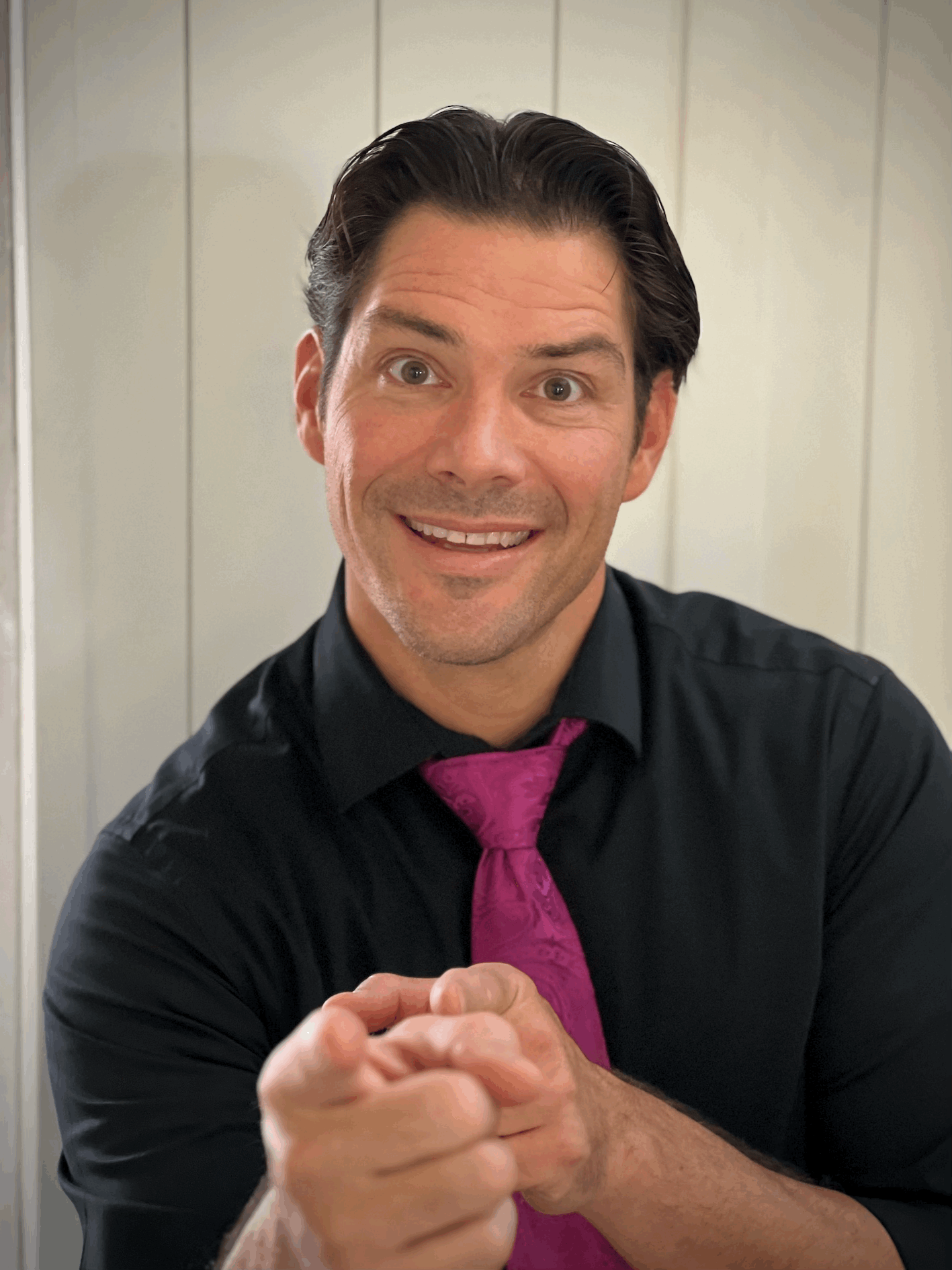Financial Investment - Non-Fiction, Real, Expert, Believable, Warm
Description
Vocal Characteristics
Language
EnglishVoice Age
Middle Aged (35-54)Accents
North American (US General American - GenAM)Transcript
Note: Transcripts are generated using speech recognition software and may contain errors.
In the first few chapters of this book, we focused on your mindset as a small and mighty investor. I tried to convince you that you don't need a massive number of properties to achieve financial freedom. Instead, you can get big enough to meet your financial goals while staying small and simple enough to maximize your free time and mobility. Then I took you through an exercise to figure out your long term goal for how many rental properties you need to achieve financial freedom. The rest of this book will be about the nitty gritty details of real estate investing. You'll learn how to find negotiate finance, buy, manage and automate your rental properties. These are practical lessons and examples that you can use immediately to grow and improve your rental property business. But before you learn those details, this part of the book is about taking a step back to understand the journey you are about to take. Before you go on a long trip, you usually look at a map to figure out where you are and where you need to go. In the same way, you can figure out where you are as an investor and understand what lies ahead to start this process. I want to explain the difference between goals, strategies and tactics. Your journey as a real estate investor is a lot like climbing a mountain to navigate. You need goals to aim for. For example, Fathi is the equivalent of the peak of the mountain for many investors. And lean Phi and regular p are major milestones or plateaus along the way. As you climb, you periodically look up toward these destinations to guide you. But most of the time you're focused on more practical things like your strategies and tactics. A strategy is a plan to reach one of your goals. You can think of it as a route going up the mountain. Your job is to choose the strategy that fits your situation and that will take you to your goal in the safest and fastest way possible. I'll share more about real estate strategies later in this chapter, but they include house hacking short term rentals, long term rentals, private lending, wholesaling and fix and flips. A tactic. On the other hand, is a specific method that you use while applying a strategy for climbers. These would be shoes, warm clothes, ropes and other tools that help you safely get up the mountain. In real estate tactics are the specific skills or tools you use to successfully buy finance, manage or sell your properties. Real estate tactics include financing techniques like private money, loans, seller, financing, or the Burr method, buy rehab, rent, refinance, repeat. They include deal finding tactics like the marketing and negotiation lessons. I'll teach in later chapters and they also include property ownership tactics like tenant screening criteria, technology systems and rental debt snowballs to pay off your debt sooner. You'll learn these tactics and more in the rest of this book. But there is one big takeaway lesson here as you progress in your real estate journey, your goals strategies and tactics will need to change a hiker on 1000 ft hill doesn't have the same goals, routes or tools as a professional climber on mount Everest. In the same way, a beginner, real estate investor won't have the same goals, strategies or tactics as someone approaching financial independence, the trick is figuring out which goals, strategies and tactics you should focus on now and to help you do that, I want to explain the three phases of a real estate journey. The three phases of a real estate investing journey. I once heard a great teacher named Pete Fortunato explain that real estate investors pass through three phases on their journey to financial freedom. Those phases are one starter, a beginner whose goal is to get started with real estate investing. Two wealth builder, an intermediate or advanced investor whose goal is to build wealth and accelerate their progress. Three ender an advanced investor whose goals are to push toward the finish line of financial freedom and to enjoy the benefits to help you figure out which phase you are in. I'll explain each one in more depth and share real life stories. I'll also share goals and strategies that are most relevant to your phase of the journey. There are too many tactics to list them all here, but the entire book will be filled with dozens of tactics and techniques that you can use no matter which phase you are in.
